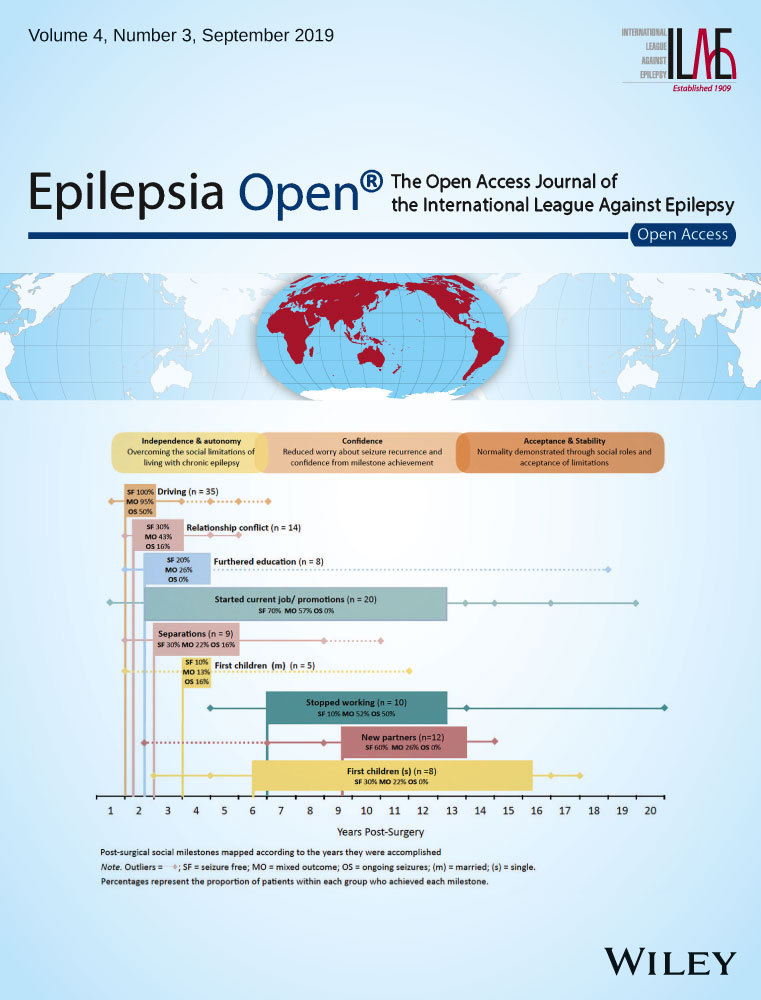 “C57BL/6J mice infected with Theiler’s murine encephalomyelitis virus (TMEV) develop acute behavioral seizures in the first week of infection and later develop chronic epilepsy. The TMEV model provides a useful platform to test novel antiseizure therapeutics.
“C57BL/6J mice infected with Theiler’s murine encephalomyelitis virus (TMEV) develop acute behavioral seizures in the first week of infection and later develop chronic epilepsy. The TMEV model provides a useful platform to test novel antiseizure therapeutics.
The present study was designed to test the efficacy of cannabidiol (CBD) in reducing acute seizures induced by viral infection.
RESULTS:
Cannabidiol (180 mg/kg; 360 mg/kg/day) decreased both the frequency and severity of acute behavioral seizures following TMEV infection, but 150 mg/kg of CBD did not improve overall seizure outcome. The time to peak effect (TPE) of CBD in the 6 Hz 32 mA psychomotor seizure test using C57BL/6J mice was observed at 2 hours post-CBD treatment. Interestingly, CBD (150 mg/kg) significantly reduced frequency and severity of TMEV-induced acute seizures at 2 hours post-CBD treatment. These results suggest that CBD could be effective in decreasing TMEV-induced acute seizures when the seizure test is conducted at the TPE of CBD.
SIGNIFICANCE:
Cannabinoids are increasingly studied for their potential antiseizure effects. Several preclinical and clinical studies provide evidence that CBD could be an effective therapy for intractable epilepsies. The present study corroborates those previous findings and provides an opportunity to investigate pharmacokinetics, pharmacodynamics, and mechanism(s) of antiseizure effects of CBD in the TMEV model, which may help to design future clinical studies more effectively.”

 “Cannabidiol (CBD) containing products are available in a plethora of flavors including oral, sublingual, and inhalable forms. Immunotoxicological effects of CBD containing liquids were assessed by hypothesizing that CBD regulates oxidative stress and lipopolysaccharide (LPS) induced inflammatory responses in macrophages, epithelial cells, and fibroblasts.
“Cannabidiol (CBD) containing products are available in a plethora of flavors including oral, sublingual, and inhalable forms. Immunotoxicological effects of CBD containing liquids were assessed by hypothesizing that CBD regulates oxidative stress and lipopolysaccharide (LPS) induced inflammatory responses in macrophages, epithelial cells, and fibroblasts. “Cocaine abuse continues to be a serious health problem worldwide. Despite intense research there is currently no FDA-approved medication to treat cocaine use disorder. The recent search has been focused on agents targeting primarily the dopamine system, while limited success has been achieved at the clinical level.
“Cocaine abuse continues to be a serious health problem worldwide. Despite intense research there is currently no FDA-approved medication to treat cocaine use disorder. The recent search has been focused on agents targeting primarily the dopamine system, while limited success has been achieved at the clinical level. “Δ9-Tetrahydrocannabinol (THC, a CB1 receptor agonist) and Cannabidiol (CBD, a non-competitive antagonist of endogenous CB1 and CB2 ligands) are two primary components of Cannabis species, and may modulate fear learning in mammals.
“Δ9-Tetrahydrocannabinol (THC, a CB1 receptor agonist) and Cannabidiol (CBD, a non-competitive antagonist of endogenous CB1 and CB2 ligands) are two primary components of Cannabis species, and may modulate fear learning in mammals. “Cannabis was extensively utilized for its medicinal properties till the 19th century. A steep decline in its medicinal usage was observed later due to its emergence as an illegal recreational drug.
“Cannabis was extensively utilized for its medicinal properties till the 19th century. A steep decline in its medicinal usage was observed later due to its emergence as an illegal recreational drug.
 “Thanks to the success of modern antiretroviral therapy (ART), people living with HIV (PLWH) have life expectancies which approach that of persons in the general population. However, despite the ability of ART to suppress viral replication, PLWH have high levels of chronic systemic inflammation which drives the development of comorbidities such as cardiovascular disease, diabetes and non-AIDS associated malignancies.
“Thanks to the success of modern antiretroviral therapy (ART), people living with HIV (PLWH) have life expectancies which approach that of persons in the general population. However, despite the ability of ART to suppress viral replication, PLWH have high levels of chronic systemic inflammation which drives the development of comorbidities such as cardiovascular disease, diabetes and non-AIDS associated malignancies. “This paper reviews the endocannabinoid system and focuses on the role of endocannabinoids in bone metabolism and their potential use in the management of conditions associated with bone loss.
“This paper reviews the endocannabinoid system and focuses on the role of endocannabinoids in bone metabolism and their potential use in the management of conditions associated with bone loss. “Several works have reported on the antiepileptic impact of cannabis-based preparations in patients with treatment-resistant epilepsy (TRE). However, current formulations suffer from low bioavailability and side effects. PTL-101, an oral formulation containing highly purified
“Several works have reported on the antiepileptic impact of cannabis-based preparations in patients with treatment-resistant epilepsy (TRE). However, current formulations suffer from low bioavailability and side effects. PTL-101, an oral formulation containing highly purified  “Patients with multiple sclerosis spasticity (MSS) and upper limb/hand impairment who are taking 9-delta-tetrahydrocannabinol:
“Patients with multiple sclerosis spasticity (MSS) and upper limb/hand impairment who are taking 9-delta-tetrahydrocannabinol: “In recent years, the use of
“In recent years, the use of